 Black-necked Stilt (Himantopus mexicanus)
Black-necked Stilt (Himantopus mexicanus)
 Black-necked Stilt (Himantopus mexicanus)
Black-necked Stilt (Himantopus mexicanus) |
 |
| Pictures (click on them to enlarge) | ||
|---|---|---|
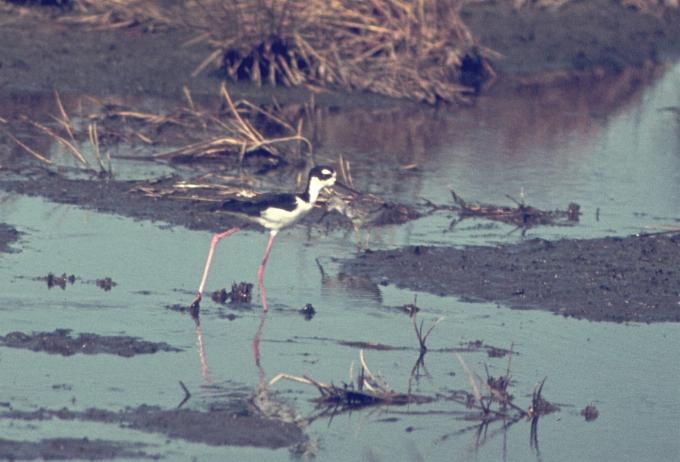 © Arie Spaans | 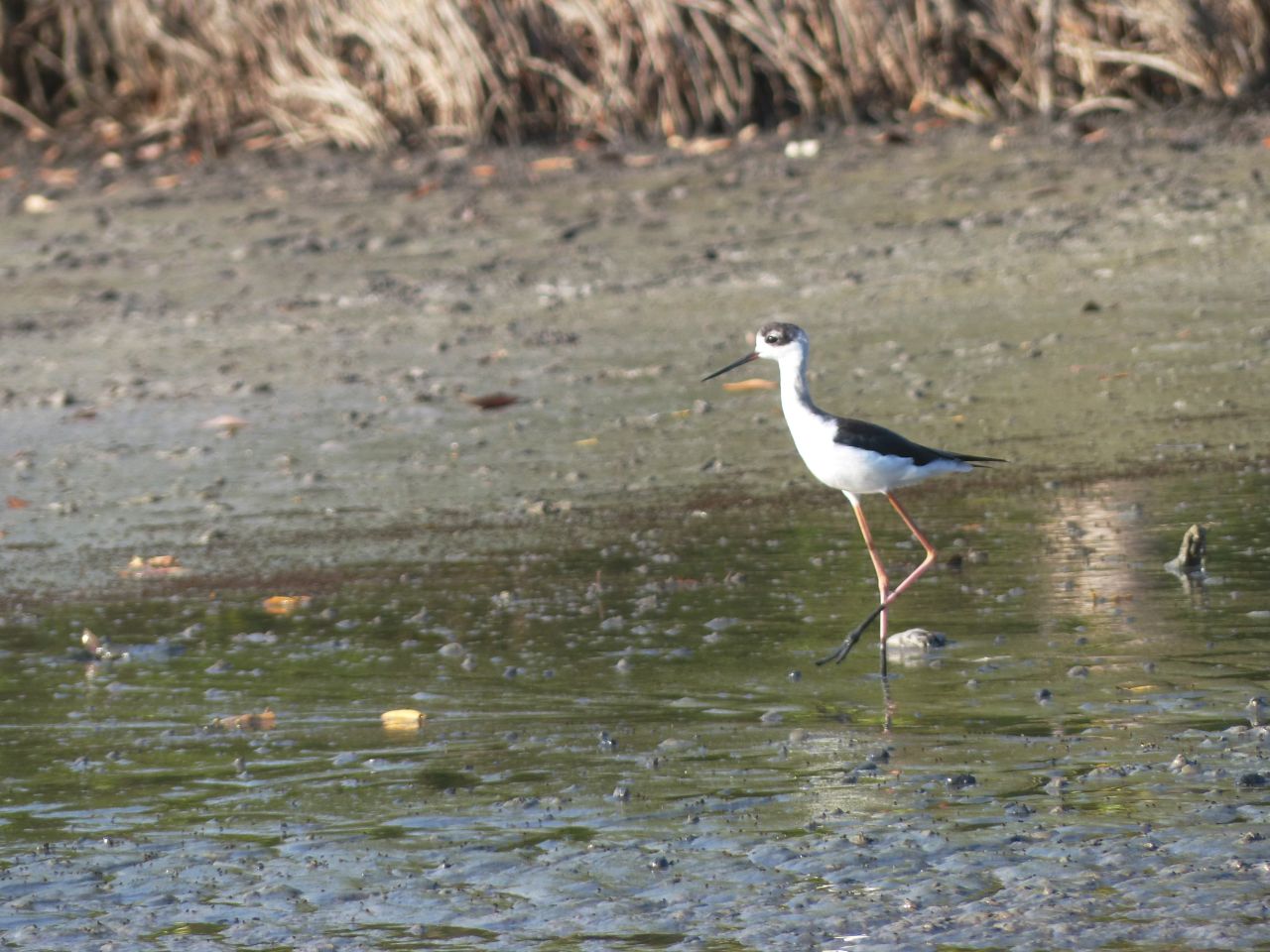 © Ton Plug | 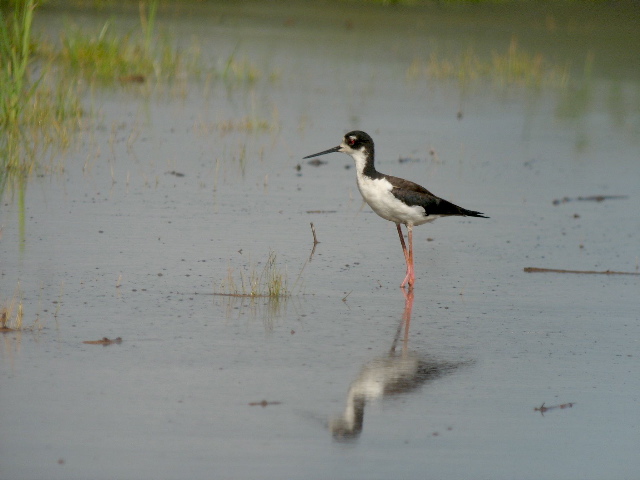 French Guiana © Alexandre Renaudier |
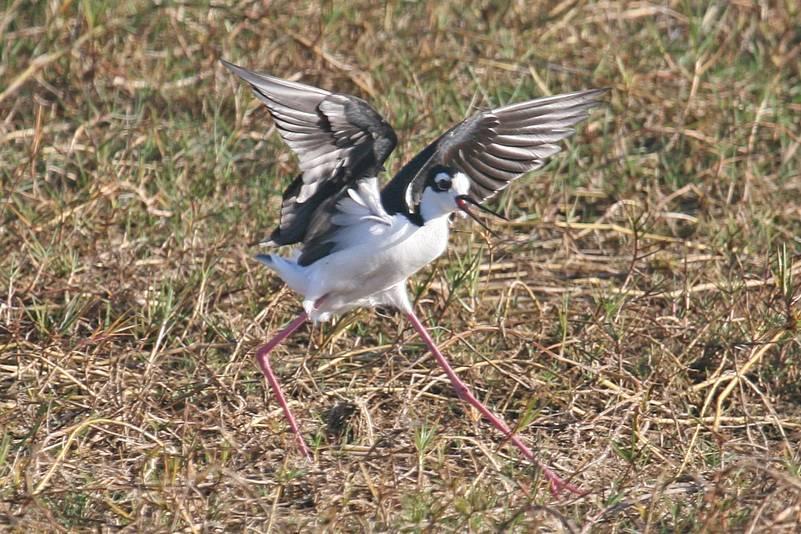 Aruba © Greg Peterson | 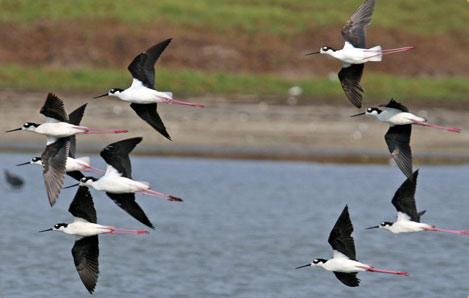 Aruba © Greg Peterson | 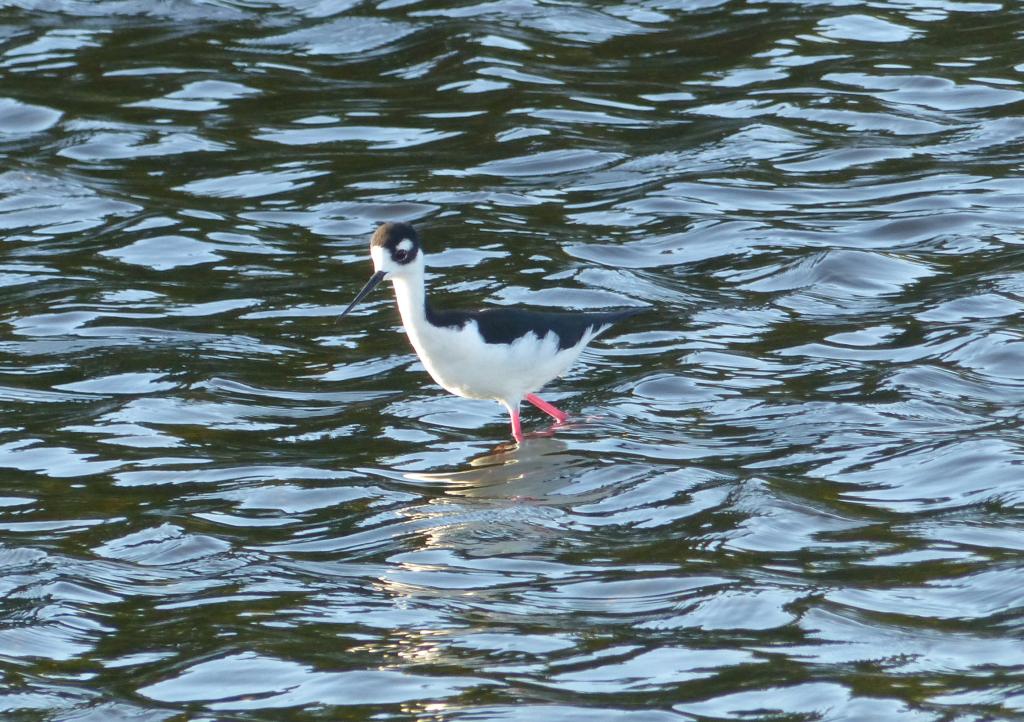 Aruba © Jan Hein Ribot |
| The Black-necked Stilt is black and white with very long pink legs. These legs stick out far beyond the tail in flight. With them the birds can wade in deeper water than most other birds, but they make them a bit clumsy on dry land if they want to reach for the ground or want to sit down. Stilts are found in the warmer regions all over the world. In Suriname they are mostly seen in small groups (pairs) near the coast in brakkish lagoons. The distribution by month of these observations of groups of stilts is given below. Most are seen in June-July, but larger groups (hundred birds and more) were seen by François Haverschmidt in November and December.They breed in Suriname, most nests with three or four nests and most of them were found by Arie Spaans or Francois Haverschmidt. The first photo of a Black-necked Stilt is made in a swamp near Wageningen in Suriname by Arie Spaans, then one by Alexandre Renaudier in the rice fields of Mana in French Guiana in August 2007. The next two by Greg Peterson on Aruba in 2009 and one by Jan Hein Ribot on the same island in March 2014. There is also a short video of a calling stilt, made on Curaçao by Faroek Lissone. |
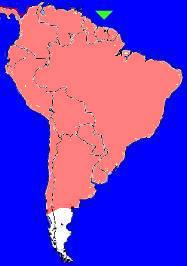 |
| Video (click the link or the 'play'-button to see) | ||
|---|---|---|
| Video recording of a Black-necked Stilt © ; |
|
|
||||||||||||||||||||||||||||||||||||||||||||
| Observations through the year | Observations of breeding through the year |
|---|---|
| The 94 reported observations of this bird in Suriname, mainly for the last 50 years up to 2018, have been grouped by month. More birds on one day are counted as one observation. Of course, if the graph should depict the total number of birds seen, the differences between the months could be much more pronounced. | The 22 reported breeding observations of this bird in Suriname. Most observations are about nest with eggs, some about fledglings, or feeding at a nest or the building of a nest. Of the about 5000 nests and eggs found for all species together, about 1/3 comes from the egg collection of Penard between 1896 and 1905. For some reason most collecting then was done in the first half of each year, so the shown distribution does not necessarily reflect the actual breeding preferences. The main dry season in Suriname is reckoned to be from half August to the end of November, the main wet season from half April to half August, but the the timing of begin and end does vary from year to year. Around March a second dry season often occurs. |